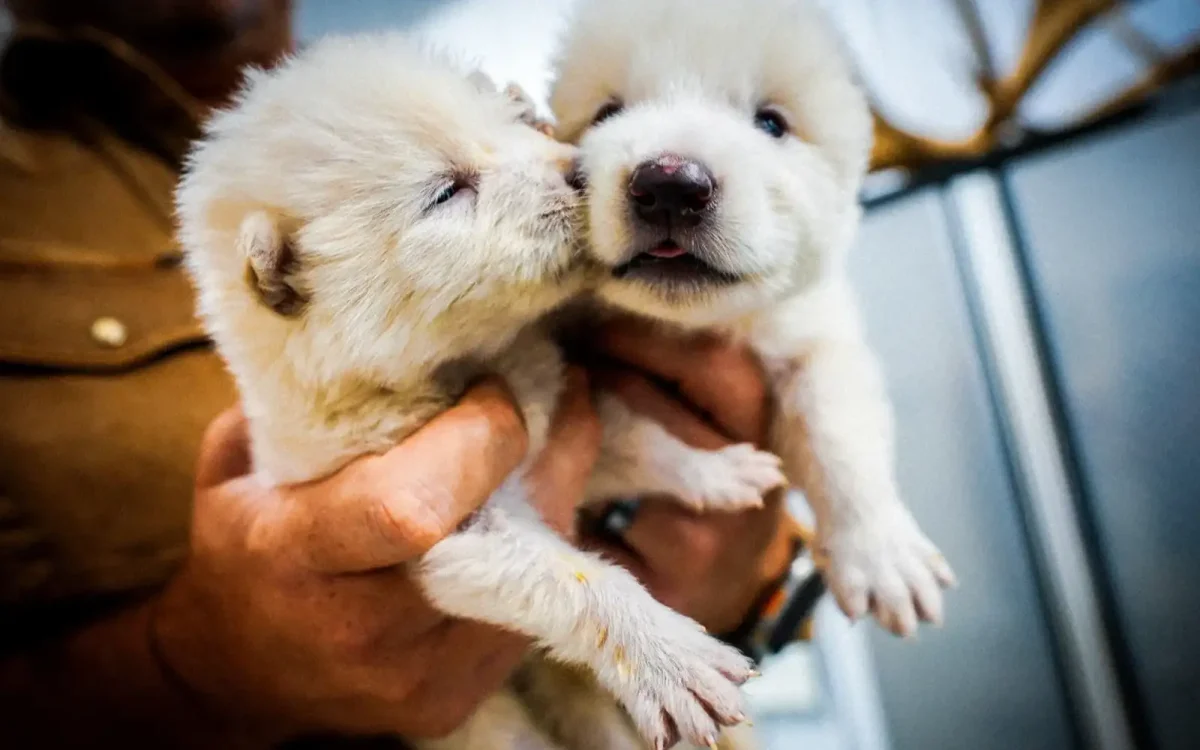I’m sure we all have doubts about air travel; we have seen movies with scenes of horrific plane accidents and intense turbulence. However, while these fears are present, they are also not at the forefront of most people’s minds. For instance, when I stepped onto my twelve-hour flight to India last summer, the nuances of our flight pattern were the least of my worries. I was more concerned about the book I would read and which playlist I would listen to. Two hours into the flight, our plane started to shake. For a millisecond, I thought it would be the usual tremors that occur on almost every flight. About three seconds later, the plane dropped precipitously; it felt like hundreds of feet, if not more. Needless to say, I was traumatized for the next ten hours. When I stepped off the plane feeling overwhelming relief, I thought that this situation must be something few have ever experienced. But after conducting some research—to calm my unyielding nerves—I found this is not the case. Avid fliers, such as myself, should know that turbulence is not an uncommon occurrence.
Turbulence is defined as sudden and sometimes violent air movement caused by “many different conditions, including atmospheric pressure, jet streams, air around mountains, cold or warm weather fronts or thunderstorms,” according to the Federal Aviation Administration. Turbulence can even occur when the sky appears to be clear. “The wings of an airplane are designed to split the airflow created by the engines pushing the jet through an airmass,” FOX Weather meteorologist Jason Frazer said. “It creates a pressure difference above and below the wing. This difference creates an upward force called lift.” When there is a disruption in this balance, turbulence occurs, and there are rarely any flights where this is not present to any degree.
Dealing with turbulence is often a horrifying thing. Even if it’s a few minor bumps, it can be frightening. However, it is usually not the common bumps during a flight that cause passengers to be alarmed. It’s the enormous drops that can be extremely problematic. These sudden plunges can cause drinks, food, and even people to fly into the air and create the perception that your plane is falling out of the air. One cause of turbulence is air pockets, which can cause standard shaking, but in more extreme cases, it can also temporarily cause a sudden loss of altitude.
Although huge drops and violent shaking on an airborne vehicle can be justifiably frightening, it is also important to note that pilots are highly prepared for these scenarios. “Turbulence has not caused an airplane to crash,” United Airlines pilot Rob Biddle said. “Airplanes are built very sturdily. In fact, there’s a lot of countermeasures built into the engineering of an airplane much like a car has different things to make a smooth ride on a bumpy road, airplanes have so many parts to it that’s built into the aircraft to be able to deal with and safely handle the turbulence.”
Even though the uncertainty of being hundreds of feet above the ground can be panic-inducing, there is no reason to be alarmed. Some degree of turbulence occurs on most flights, and both planes and their pilots are put through copious testing to ensure they are equipped to handle it. As long as passengers try to stay in their seats, keep their seatbelts on, and follow safety procedures, turbulence should only be a minor issue. Passengers can leave the flying to their pilots and focus on what book to read or what playlist to listen to.













































































































































